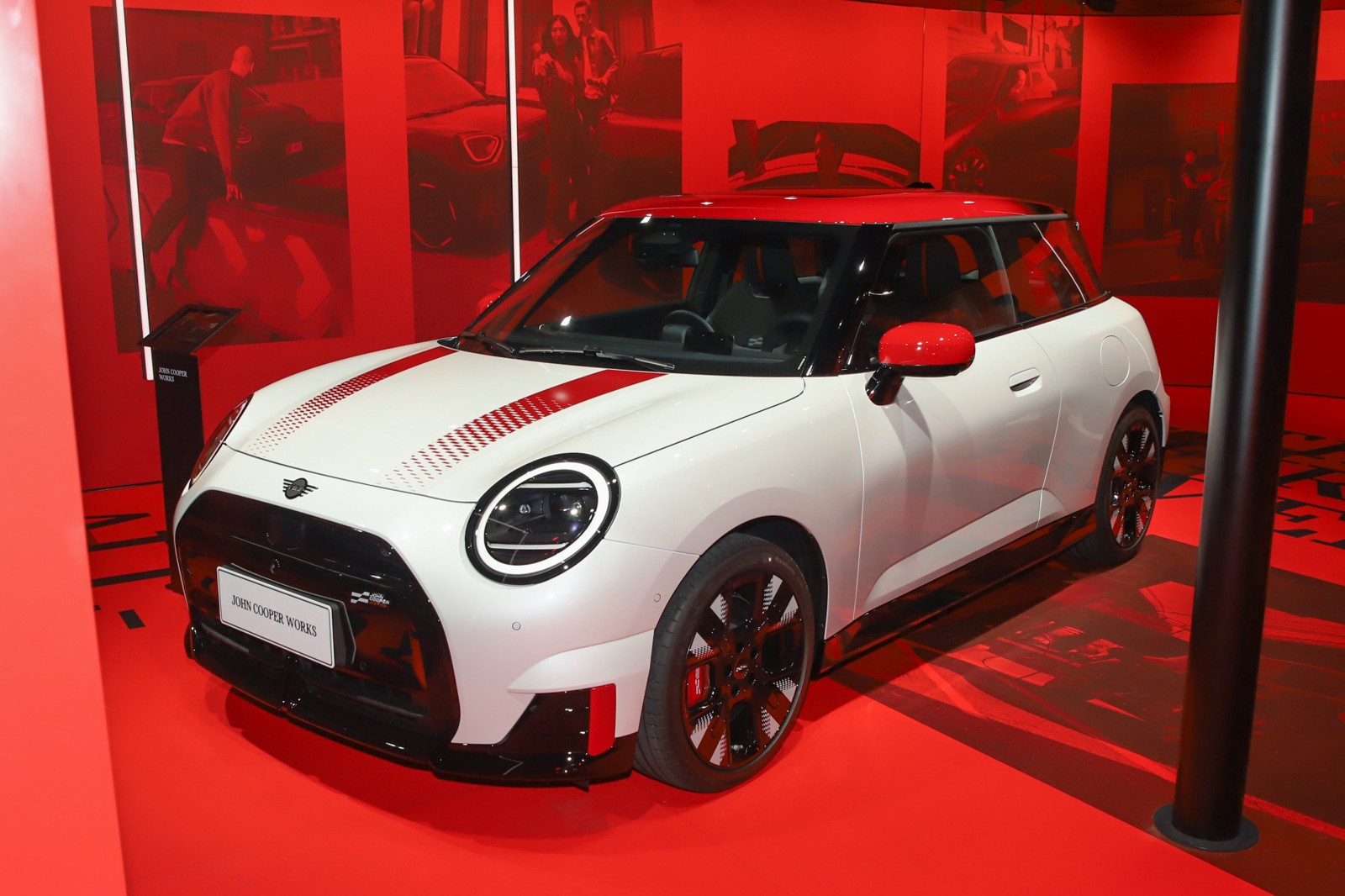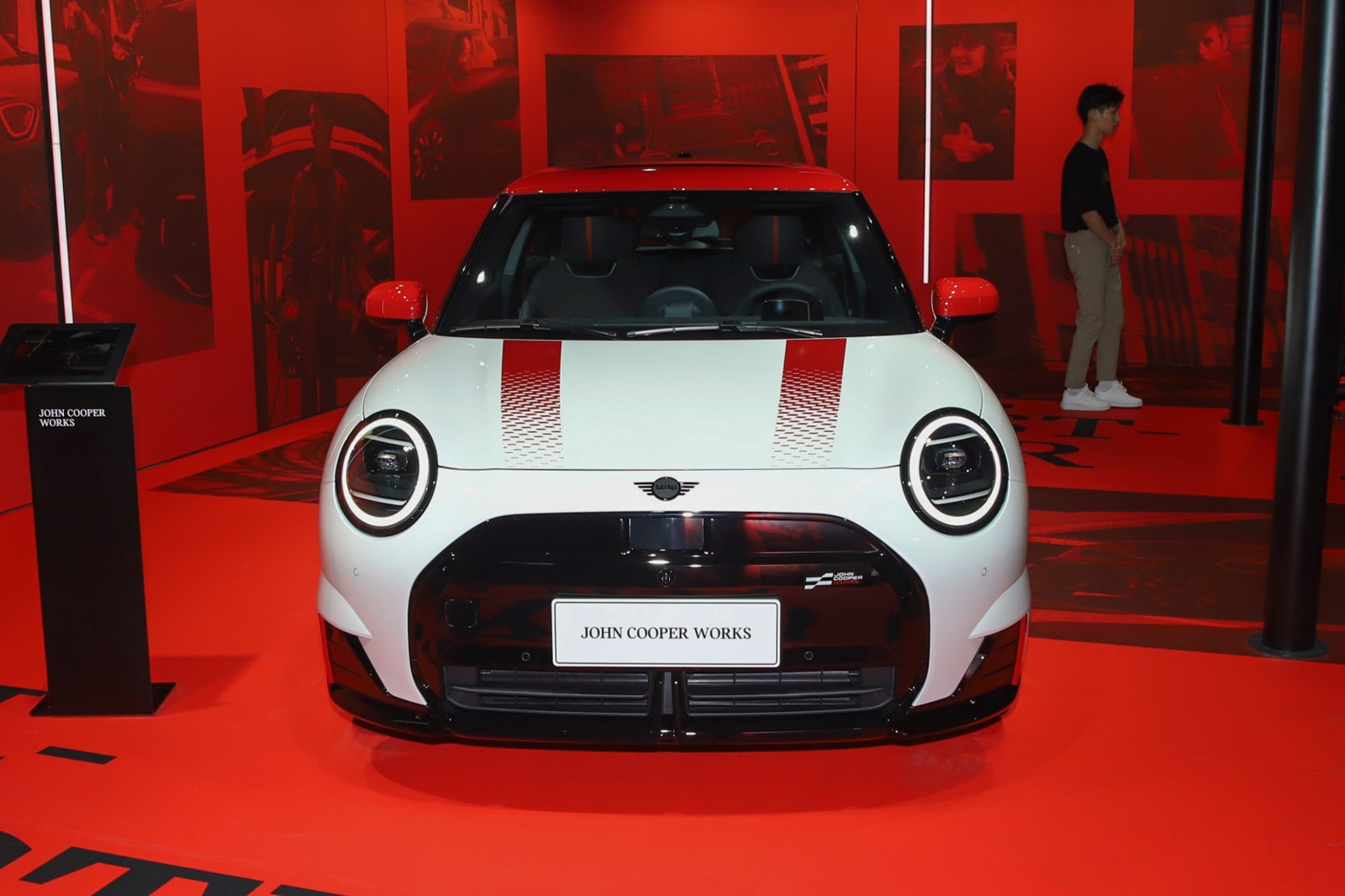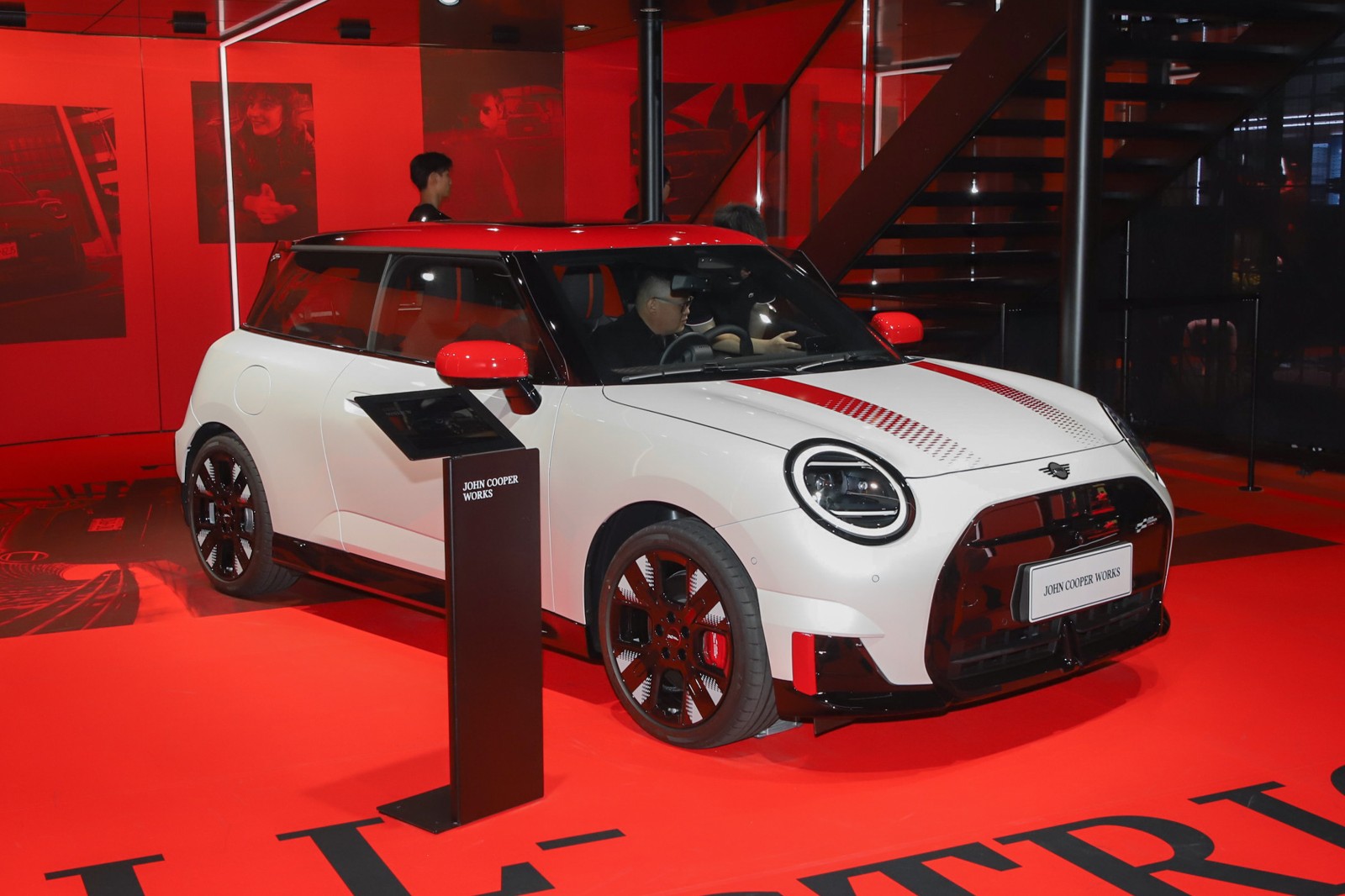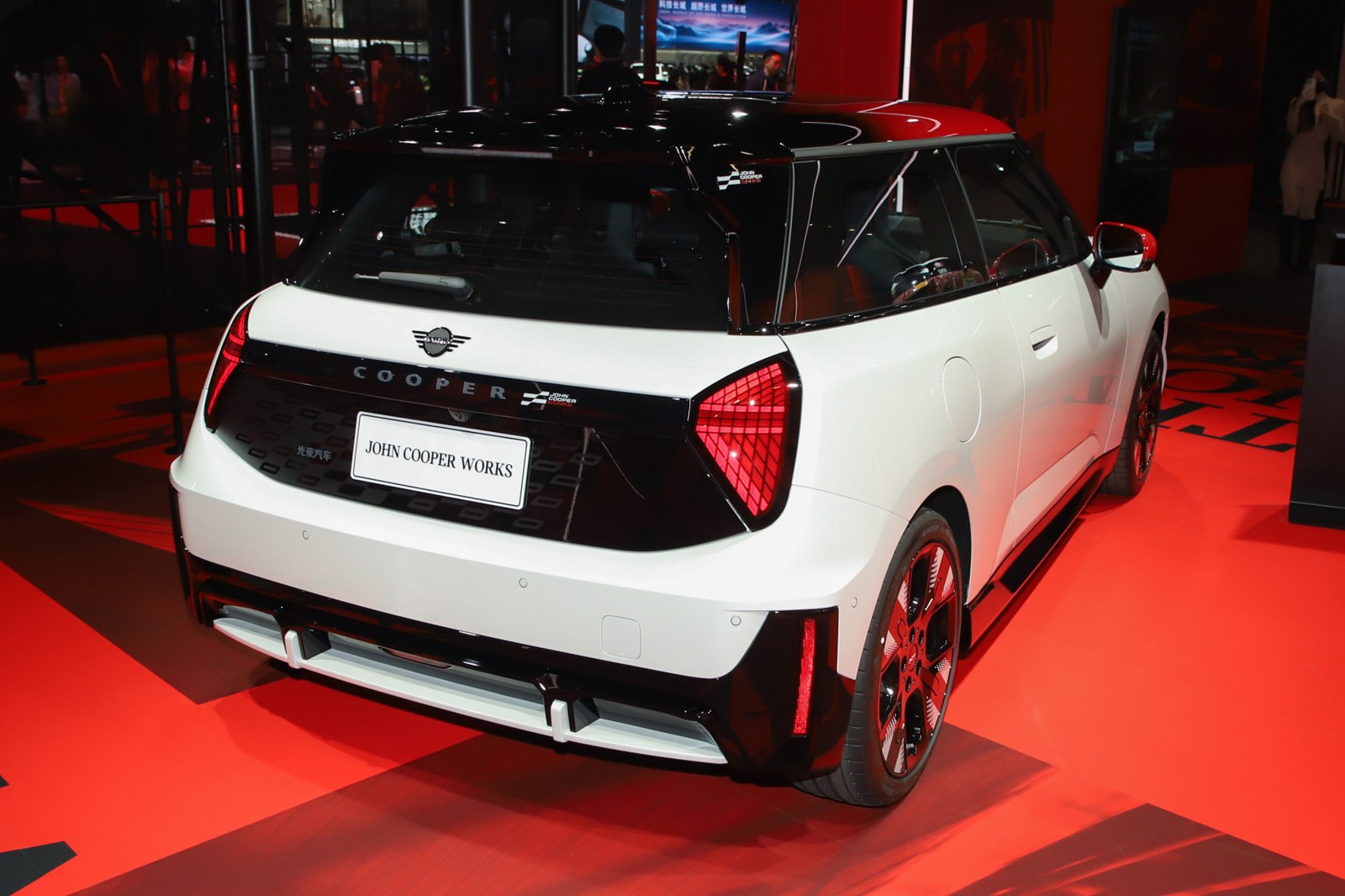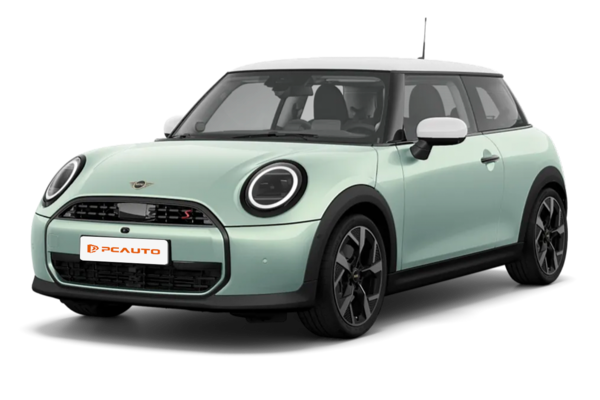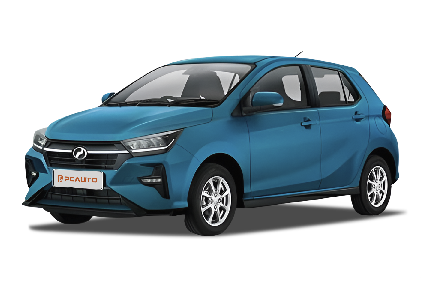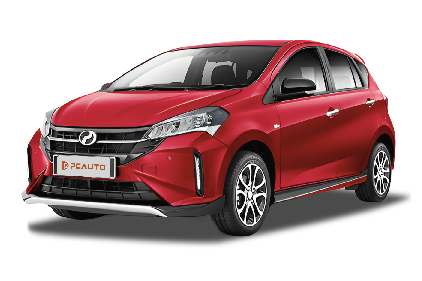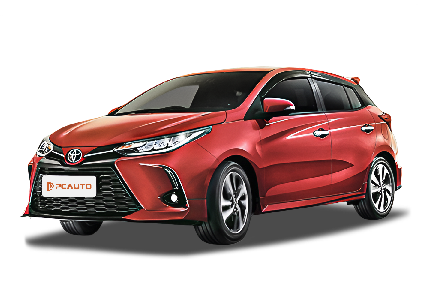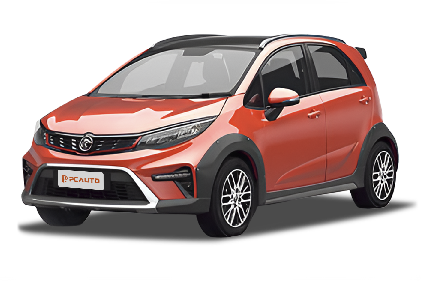Q
how to connect bluetooth honda hrv
To connect your phone to the Honda HR-V via Bluetooth, please follow these steps. First, ensure the vehicle is safely parked, the parking brake is applied, and the engine is running to provide stable power for the infotainment system. Next, activate the infotainment system on the center console. Navigate to the "Settings" menu and select the "Bluetooth Devices" option. On your mobile phone, enable Bluetooth and initiate a search for discoverable devices. Select "Honda HR-V" from the list that appears on your phone to begin pairing. A pairing code will typically be displayed on both the vehicle's screen and your phone (common default codes are "0000" or "1234"). Verify that the codes match on both devices to complete the secure connection. Please note that the specific menu labels or procedures might vary slightly depending on your HR-V's model year. If you encounter any difficulties, your first reference should be the vehicle's owner's manual. For further assistance, you can always contact an authorized Honda Malaysia dealership. Beyond enabling hands-free calls, a successful Bluetooth connection allows you to stream audio content from your phone, significantly enhancing your in-car experience. Additionally, the HR-V's audio system typically supports alternative connections such as USB and AUX inputs, offering flexibility for various entertainment preferences. To maintain optimal performance and security of your Bluetooth connection, it is advisable to periodically check for and install any available system software updates. Most importantly, always prioritize safety while driving. Configuring Bluetooth settings can be distracting. If you need to adjust any settings, please ensure you are safely stopped and parked before doing so.
Q
What size engine is in the 2019 Triton?
The 2019 Mitsubishi Triton hit the Malaysian market with two diesel engine choices: the 2.4-liter MIVEC turbodiesel (code 4N15) and the 2.5-liter turbodiesel (code 4D56). The 2.4L is the main player here, churning out 181 horsepower and a healthy 430 Nm of torque. It pairs with either a 6-speed manual or automatic gearbox, striking a decent balance between power and fuel efficiency – perfect for Malaysia's mixed bag of road conditions.
What's neat about the 2.4L is its lightweight aluminum block and variable geometry turbo, which does a solid job cutting down on turbo lag and boosting low-end torque. That's a big plus if you're someone who regularly hauls cargo or tows with your pickup.
If you're eyeing a used Triton, make sure to dig into the engine service records. Diesels can be a bit fussy about fuel quality and regular maintenance, so good upkeep goes a long way in keeping them running strong. Also, with Malaysia's hot and humid weather, don't skip regular coolant changes and turbo system checks – that'll help ensure the engine stays reliable for the long haul.
Q
Is Perodua Alza a Good Car? Learn the Pros and Cons Here
As one of the most popular seven-seater MPVs in the Malaysian market, the Perodua Alza's advantages lie in its economic practicality and high cost-performance ratio. It is equipped with a 1.5L Dual VVT-i engine paired with a 4AT gearbox, offering smooth power and excellent fuel efficiency (the official data shows about 15.6km/L), which is suitable for daily family use. At the same time, it comes standard with ABS, EBD and dual airbags (the high - end version adds ESC and more airbags), and its safety configuration meets the mainstream requirements. The interior space has high flexibility, and the third - row seats can be folded to expand the luggage capacity, making it suitable for the travel of multi - member families in Malaysia. Moreover, Perodua's service centers all over the country also reduce the maintenance cost.
However, its drawbacks include that the interior materials are mainly hard plastics, the sound insulation effect is average, and the legroom in the third row is a bit cramped for adults. If you're seeking stronger power, you can consider its 1.5L turbocharged competitors. Nevertheless, with its affordable price (starting at around RM62,500) and low failure rate, the Alza remains a practical choice. It is recommended that potential buyers test - drive and compare models in the same class, such as the Proton Exora or the Toyota Avanza, based on their budget and space requirements.
Q
What is a 2019 Toyota worth?
The market value of a 2019 Toyota in Malaysia can vary quite a bit depending on the specific model, mileage, condition, and specs. For example, a used 2019 Toyota Corolla Altis is typically going for around RM70,000 to RM90,000, while a Toyota Hilux from the same year might range from RM80,000 to RM110,000. The actual price really hinges on things like service history and whether it's still under the original factory warranty.
On a side note, Toyotas have a strong presence on Malaysian roads, which means repairs are easy to handle and parts are readily available – that's why their used cars tend to hold their value pretty well. If you're thinking about buying or selling a 2019 Toyota, it's a good idea to check out local used car platforms or dealers for the latest market trends. Also, getting a professional inspection done to confirm the car's condition is definitely worth considering.
It’s no secret that Toyotas are known for their fuel efficiency and reliability – that’s a big part of why they’re so popular in the Malaysian market.
Q
What's the oil capacity of Honda City's engine?
Currently, the Honda City (the 6th generation model from 2020 to present) is equipped with a 1.5L i - VTEC naturally aspirated engine (L15B). For a standard oil change (including replacing the oil filter), the total engine oil capacity is approximately 3.3 to 3.5 liters. If you only drain the oil without replacing the filter, the oil filling volume is about 3.0 liters. Honda recommends using fully synthetic engine oil. The recommended viscosities are 0W - 20 or 5W - 30, such as the Honda Genuine Ultra or Ultimate series. This type of oil can adapt to the tropical climate in Malaysia and optimize fuel efficiency. When filling the oil, you need to check the oil level with the dipstick to ensure it is between the MIN and MAX marks. Over - filling may affect engine performance or cause damage to the oil seals. It is recommended that car owners change the engine oil according to the official maintenance schedule (every 10,000 kilometers or 6 months) to keep the engine running in the best condition.
Q
What is the Length of Porsche Cayenne?
The length of the Porsche Cayenne varies slightly depending on the specific model and generation. For the current third - generation Cayenne (from 2017 to present), the standard body length is 4,918 millimeters, while the Cayenne Coupe is a bit shorter at 4,931 millimeters. This difference in design mainly comes from the Coupe's fastback shape, which optimizes its aerodynamic performance.
For Malaysian consumers, when driving the Cayenne in the city, they need to pay attention to the height limits in parking lots and the vehicle's passability on narrow roads. However, the standard parking assist system can effectively enhance convenience.
It's worth mentioning that as a representative of luxury SUVs, the Cayenne's body proportions strictly follow Porsche's design philosophy. Its relatively long wheelbase (2,895 millimeters) not only improves high - speed stability but also provides more spacious legroom for rear - seat passengers.
Moreover, this vehicle series offers a rich range of optional configurations in the Malaysian market, including a rear - axle steering system (which can reduce the turning radius) and an adaptive air suspension (which can adjust the body height). These technologies enable this nearly 5 - meter - long SUV to perform excellently in terms of handling flexibility.
Q
How long will a 2019 Kia Optima last?
The 2019 Kia Optima, when properly maintained and driven sensibly under normal conditions in Malaysia, can typically clock between 200,000 to 300,000 kilometers or even more, boasting a service life of over 10 years. Of course, its actual longevity hinges on how often you service it, the roads you tackle, and your driving style. Under the hood, you've got those tried-and-tested 2.0L or 2.4L naturally aspirated engines paired with a 6-speed auto box – a powertrain combo known for solid reliability. The body's rust-proofing and the durability of its electronic systems have also stood the test of time in the market.
We'd recommend sticking to Kia's suggested service intervals – every 6 months or 10,000 km, whichever comes first. Pay extra attention to replacing critical components like the timing belt and transmission fluid, and always opt for genuine parts if you want to keep it running strong. Given Malaysia's hot and rainy climate, don't forget to give some TLC to the air-con system, rubber seals, and battery too – they take a beating out there.
Among its peers, the Optima sits pretty with relatively reasonable maintenance costs. Plus, Kia's got a solid dealer network here and parts are generally easy to come by, which is a big plus for long-term ownership. And let's not overlook resale value – a well-documented service history can really boost what you get when it's time to sell.
Q
How to pair your phone with Volkswagen Passat?
To pair your phone with a Volkswagen Passat, start by making sure the car's infotainment system is powered on. Then, switch on Bluetooth on your phone. Head into your phone's Bluetooth settings and scan for available devices. Look for the option named "VW PHONE" or something similar. Once selected, a pairing code should pop up. Just check that the code shown on your phone matches the one on the car's display, and you're connected. For some models, if you want to use Apple CarPlay or Android Auto, you'll need to hook up a USB cable and follow the prompts on the screen.
Malaysian Passat owners, keep in mind that different model years and trim levels might come with different infotainment setups—like Composition Media or Discover Pro systems—and the steps can vary slightly. It’s always a good idea to flip through your owner’s manual for specifics. Also, keeping both your phone’s OS and the car’s system updated will help keep that connection stable. If you run into pairing issues, try restarting Bluetooth on both devices or doing a factory reset on the infotainment system.
The Passat’s smart connectivity isn’t just for calls and music, though. You can also use voice commands for navigation and more, making your drives around Malaysia that much easier.
Q
Is there a recall on 2017 Hyundai Sonata engines?
Yes, the 2017 Hyundai Sonata was indeed part of an engine recall, primarily targeting potential manufacturing defects in Theta II GDI 2.4L and 2.0T turbocharged engines. These issues include bearing wear that could lead to stalling or fire risks, affecting vehicles globally including some Southeast Asian markets. Owners are advised to check their specific recall status by entering their VIN on Hyundai's official website or contact local authorized dealers directly to confirm if their vehicle is included. If necessary, core engine components can be replaced free of charge. It's worth noting that Hyundai has taken a more proactive recall approach regarding engine issues in recent years, with similar recalls affecting some models from 2013 to 2019, reflecting the manufacturer's value for safety responsibility. During daily driving, if you notice abnormal engine noises, warning lights, or loss of power, contact after-sales service immediately for inspection. You can also ask technicians to focus on checking critical components like connecting rod bearings during regular maintenance. While recall events may cause concern, Hyundai's extended warranty policies often cover related repair costs, and maintaining complete brand after-sales records is important for safeguarding future rights and interests.
Q
What is the charging speed of BMW i4?
The charging speed of BMW i4 in Malaysia depends on the type of charging equipment used. When using DC Fast Charging, it can support a maximum charging power of 200kW, and it only takes about 31 minutes to charge from 10% to 80%. It is very suitable for long-distance travel or emergency energy replenishment. When using household AC Charging, the power is generally 11kW, and it takes about 8.5 hours to fully charge, making it suitable for night charging. The high-voltage battery system installed in the BMW i4 has been optimized to effectively manage the temperature during the charging process, ensuring safety and efficiency. The charging infrastructure in Malaysia is rapidly developing, with major cities such as Kuala Lumpur, Penang, and Johor Bahru having DC fast charging stations. It is recommended that car owners check real-time charging station locations through the MyBMW app or local charging operators such as ChargeMini and JomCharge. It is worth noting that frequent use of fast charging may slightly affect the long-term health of the battery. It is recommended to mainly use AC slow charging in daily life, with fast charging as a supplement. The actual power of different charging stations may be affected by the power grid status, ambient temperature, and vehicle battery temperature. It is recommended to plan the route and charging time before traveling.
